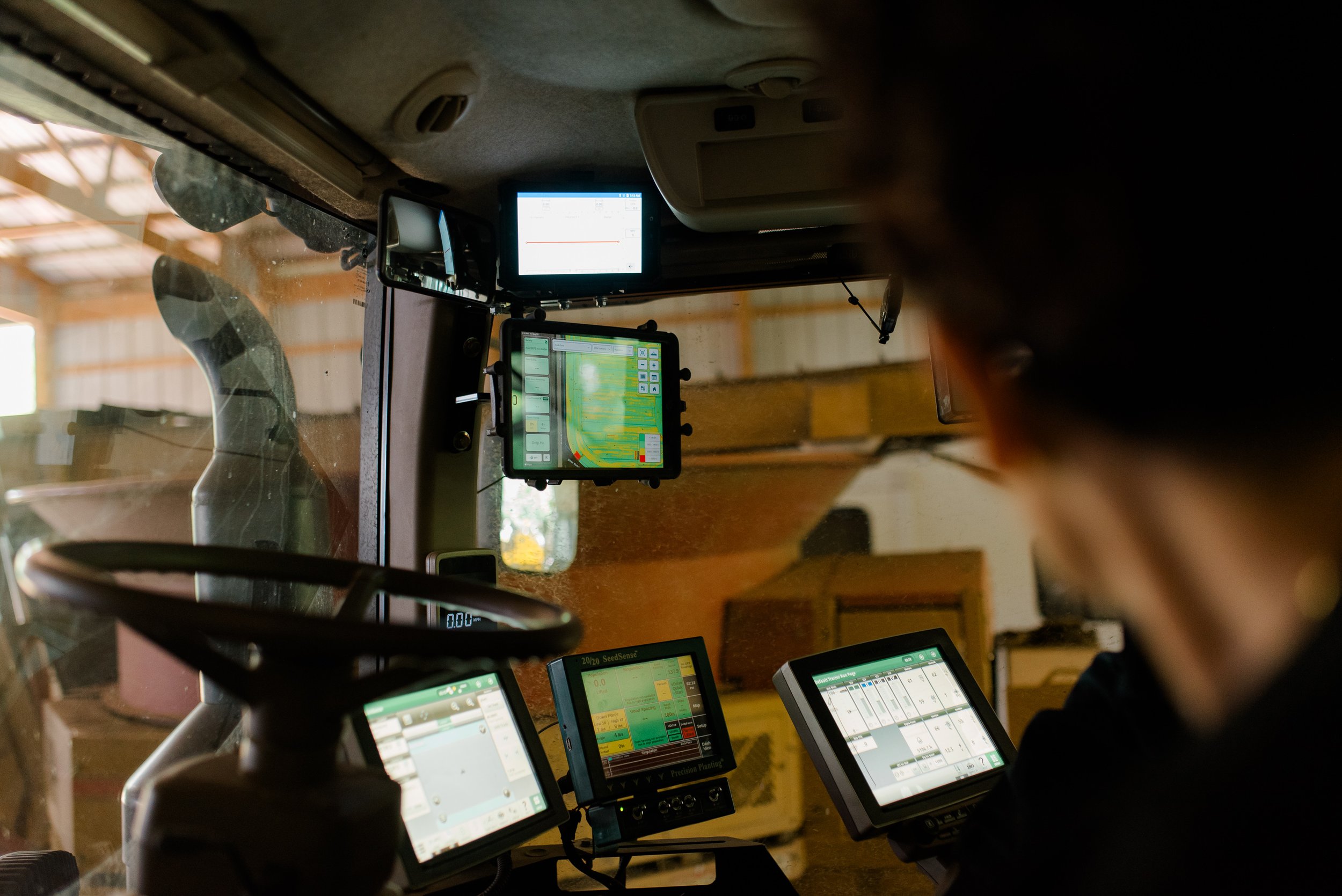How South Dakota Farmers Are Embracing Modern Technology
South Dakota farmers are harnessing cutting-edge technology to redefine the way farming is done. The integration of precision agriculture tools like GPS mapping, drones, and data analytics is not only boosting crop yields but also paving the way for more sustainable farming practices.
This change is a big step forward. It blends old farming traditions with new ideas. This creates a future where making money and caring for the environment work together.
The Evolution of Farming
Farming has long been a cornerstone of South Dakota’s agricultural industry. Over the decades, advances in equipment and techniques have improved efficiency and productivity. However, the adoption of precision agriculture marks an era that allows farmers to fine-tune their operations.
Precision agriculture enables farmers to break their fields into smaller management zones, each with unique needs based on factors like soil type, moisture levels, and crop health. Instead of applying uniform treatments across an entire field, farmers can tailor their approach to maximize efficiency and minimize waste.
Key Technologies Powering the Revolution
South Dakota farmers are leveraging a variety of high-tech tools to enhance their operations. Here’s a closer look at how these technologies are transforming the fields:
1. GPS Mapping
GPS technology is a cornerstone of precision agriculture. By creating highly detailed field maps, farmers can identify specific areas that require additional resources, such as fertilizer, water, or pest control. This targeted approach saves money and reduces the overuse of chemicals, protecting the environment.
2. Drones
Drones provide a bird’s-eye view of fields, capturing real-time imagery that reveals subtle changes in crop health, soil conditions, and pest activity. Farmers can quickly identify stress areas, implement solutions, and monitor progress—all without stepping foot in the field.
3. Data Analytics
Farmers now collect vast amounts of data from their equipment, sensors, and satellite imagery. By analyzing this data, they gain valuable insights to guide decisions, such as when to plant, how much water to apply, and where to focus pest control efforts. These data-driven decisions improve productivity and ensure sustainable practices.
4. Variable Rate Technology (VRT)
VRT allows machinery to adjust input applications—like seed, fertilizer, and pesticides—on the fly. With the help of GPS and field data, equipment can vary the application rate based on the specific needs of different areas, reducing waste and maximizing yield potential.
The Environmental Benefits of Data-Driven Farming
One of the most significant advantages of precision agriculture is its positive impact on the environment. By focusing resources where they are most needed, farmers can reduce waste and protect South Dakota’s natural resources.
Water Conservation: Precision irrigation ensures crops receive the right amount of water without excess, preserving valuable water supplies.
Reduced Chemical Use: Targeted applications of fertilizers and pesticides minimize runoff into local waterways and reduce soil degradation.
Soil Health: By avoiding overuse and optimizing planting practices, farmers can maintain healthy soil that will sustain future generations.
This commitment to sustainability is vital as farmers balance the demands of feeding a growing population with protecting the environment.
Preparing for the Future
The adoption of precision agriculture is just the beginning. Emerging technologies like artificial intelligence, machine learning, and autonomous machinery are poised to take farming to the next level. For South Dakota farmers, this means even greater efficiency, sustainability, and profitability.
As these tools become more accessible, they will empower farmers to tackle new challenges, from climate change to shifting market demands, ensuring South Dakota remains a leader in the agricultural industry.
Why It Matters
The story of South Dakota farmers is one of innovation and resilience. By embracing precision agriculture, they are proving that tradition and technology can coexist, creating a model for sustainable and profitable farming that benefits everyone.
Whether it’s through GPS-guided planting, drone-based field monitoring, or data-driven decisions, these farmers are transforming the way crops are grown, harvested, and managed. Their work sets the stage for a thriving agricultural future, one rooted in respect for the land and a commitment to feeding the world.








